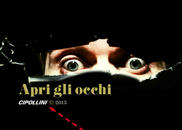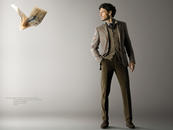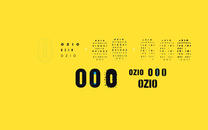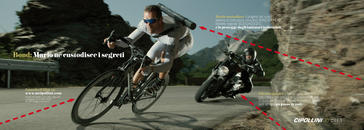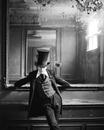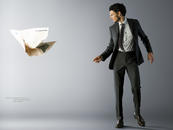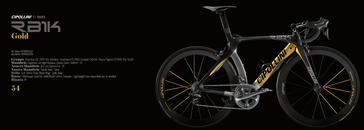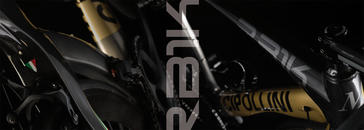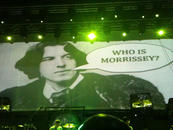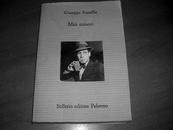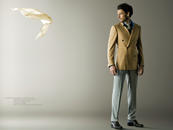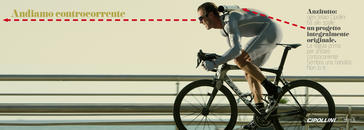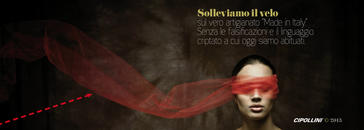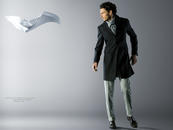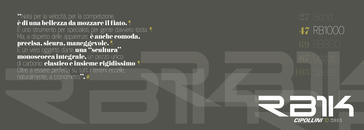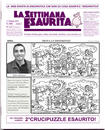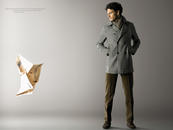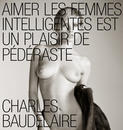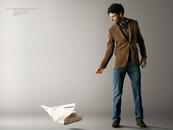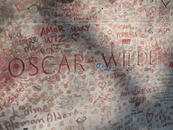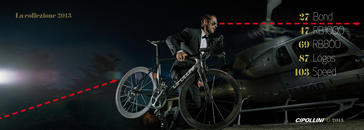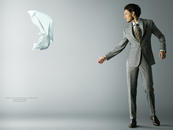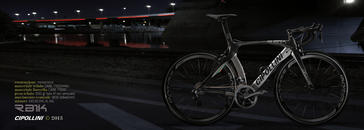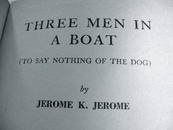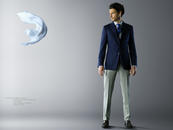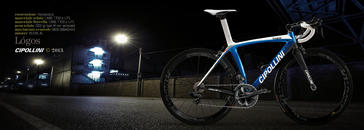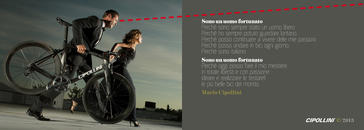Eulogy to idleness (and dandyism)
For many years we have designed and developed the image of companies operating in the world of cycling. The main trade fairs for this industry occur during the end of August to mid-September. This means that we are not able to take our summer vacation at the same time as the rest of Italy. In all truth, August is a month of serious commitments and responsibilities for me in particular. But, in the words of Jerome K. Jerome: “It is impossible to enjoy idling thoroughly unless one has plenty of work to do.” Now, more than any other time of the year, I breathe in the scent of diversion, abstraction, which leads to the desire for fresh air and to be in more direct contact with nature, but also for idleness. Idleness, not in its current defaced meaning, but in its true, Latin sense, derived from aveo, meaning "I'm fine." In ancient Rome, idleness really meant something quite different from lying on crowded beaches soaking up the sun and filling in crossword puzzles: otium, as opposed to negotium (the time of business, of profession), was the time that man devoted to his studies, compositions and intellectual speculations.
In truth, I cultivate idleness throughout the year by taking advantage of a lot of work (see Jerome) and the free time that comes with insomnia. During the summer, however, my idleness must be reconciled with the desire for light and being outdoors. Finding a balance is not easy, so I begin working earlier in the day in order to spend the late afternoon alternating between two opposite, yet complimentary, solitary activities: cycling and reading. A bike ride has the power to completely clear your head thanks to neuromuscular intoxication, heat, smells and the deafening silence of crickets. It can be described as a subspecies of pantheism to which I abandon myself with childish confidence. In contrast, when I read, I do so indoors, seated at my kitchen table in the shadow of a small room. I read and fill my head with cultural stimuli. Therefore artificial. It is a game of the natural versus the artificial, of clearing my head in order to refill, and vice versa.
I always thought that our minds – perhaps any mind, but certainly my own – have a natural capacity and can only be filled only to a certain point. Therefore, for years I have carefully selected my cognitive processes, convinced of this limitation. Just as I know that I need to periodically clear my head of the unnecessary accumulated waste. I approach intellectual activity very cautiously, so as not to risk taking in vain or clumsily occupying the small (mental) space at my disposal. For example, I avoid the Settimana Enigmistica, a weekly Italian magazine filled with crossword puzzles and mental games. I consider it waste of one’s attention and memory, as well as all the toys, quizzes and tests of intelligence. I leave these activities to those with more natural capacity. One of the tools that I have adopted to fill my head with stimuli is the Sunday edition of the Sole 24 Ore newspaper. I think it is an excellent "livre de chevet" for anyone who conducts complex intellectual activities. I mention this newspaper often, especially in my “snapshots.” I purchase the paper on Sunday and spend the entire week reading it. This allows me to, among other things, considerably improve the level of my work. The paper is full of stimuli and turns out to be useful for developing ideas that later become subjects of ad campaign, slogans or pretexts for reviving product catalogs, which would otherwise lack the personality and originality needed to stand out against the competition. For example, a couple of recent articles about cognitive science and visual perceptions indirectly solved the dilemma of how to stylize the ad campaign and slogan of the new Cipollini racing bicycles. The campaign is called Open Your Eyes. It was necessary to attract attention to products that are visibly (and irrefutably) different from the competition. This difference is apparent only when you look truth in the face and no longer rely on clichés. After reading these articles, I abandoned my first idea for the slogan and its visual representation, which was complex and complicated. I decided to go with a more simple, straightforward solution. This is a very practical and direct example, which is instantly visible and understandable, of how an article can shape the cover of a catalog or ad campaign.
I could provide many more examples of my work that was conditioned by reading the Sunday edition over the last couple of years, however I will turn your attention to something more recent: the Belvest 2012-13 autumn/winter catalog. In this case, the Sole 24 Ore actually appears in the photos. Not the Sunday edition, but rather the business daily. The photos capture an elegant young man with a gaze of statuesque detachment, surrounded by sheets of the newspaper flying in the air. The paper is a subtle nod to the time of crisis during which everything seems uncertain, especially the economy and financial world. The crisis, however, should not affect us to the point of making us less attractive, hence the young man’s fair, forward-facing expression who seems to challenge the crisis head-on. I also wanted the photos to embody a sense of dandyism, the beloved son of otium as crown of all virtues. To do so, I decided to portray by a man who deals with the crisis and stock market by starting with the knot of his tie. ("Style is the most important thing: a well-tied tie is the first serious step in life." - Oscar Wilde, of course). Even at risk of appearing disrespectful towards those who are suffering the crisis with insecurity and lack of means of subsistence, I think I can say that the dandy is one of the few "types of people" that can be regarded as a symbol of bulwark to the crisis. As confirmed by a contemporary master of dandyism, Giuseppe Scaraffia. The following quote comes from the from the Sunday edition of the Sole 24 Ore from a few years ago, a demonstration of how this paper should be not only read, underline, meditated, but also carefully preserved and cataloged – you never know when you will need it):
"The crisis is unexpectedly regenerating an elegant myth, that of the dandy. At a time of uncertainty like this, when the future is uncertain, how can the cult of the dandy not be fascinating to us. Who feels like a dandy today? As in the past all the unhappy geniuses, those who feel limited or betrayed by their social position, disappointed by revolutionary hopes and nostalgic for reactionary ones. It is an unrecognized elite, quietly subversive, methodically eccentric and determined to not be confused with the bourgeoisie, nor with artistic bohemians. They are the ones who refuse to succumb to the myths of mass society and prefer solitude to widespread banality."
Words, as we know, have huge problems in terms of their usage. Sometimes these problems are ironic and really a lot of fun, especially if I think that more than once someone has tried to offend my by calling me a dandy.
03/09/2012 Filippo Maglione

